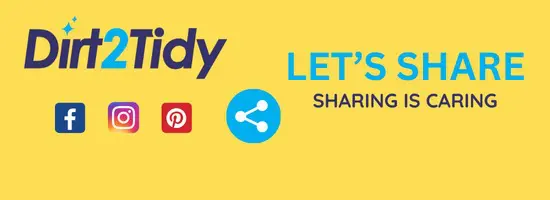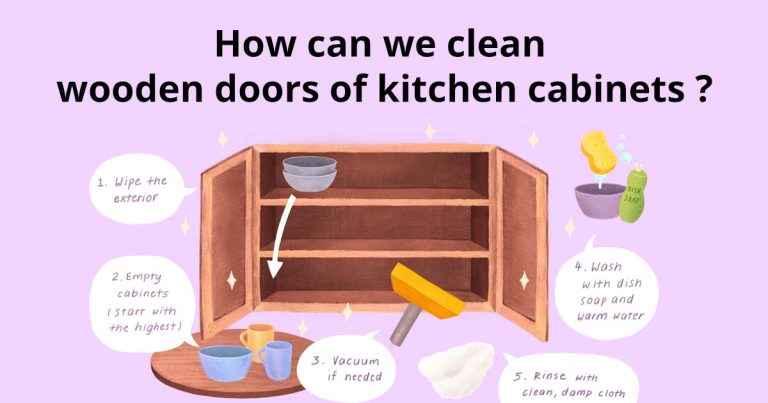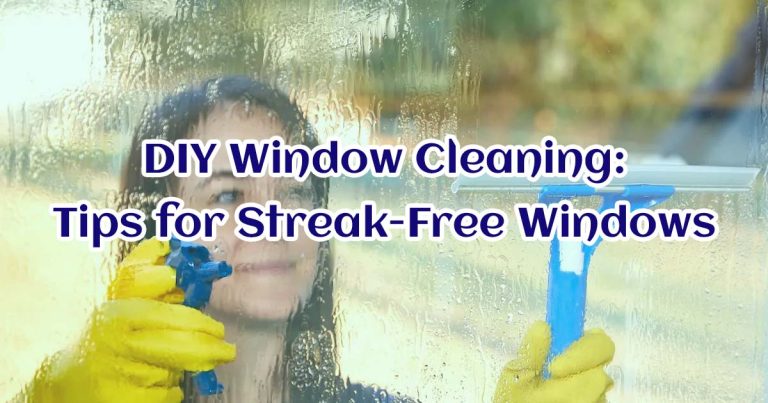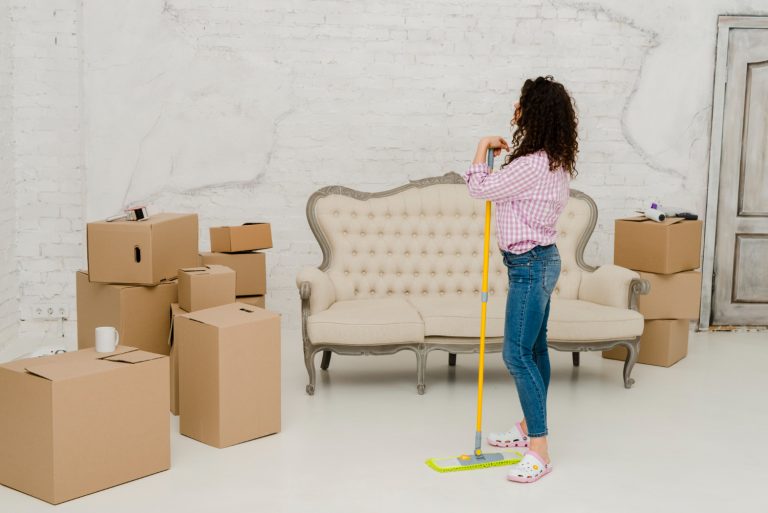Did you know that disputes over property condition are a leading cause of bond deductions in Australia? Landlords often uncover hidden damages during final inspections—issues tenants might overlook but can significantly impact bond returns.
Table of Contents

When tenants vacate a rental property, landlords often hope for a smooth transition and a full bond return. However, rental property damage is a common issue that many landlords face. One of the most frustrating problems is when hidden damages are discovered late, often after tenants have moved out and the final inspection has been completed. These damages, which can range from minor scuffs to major structural issues, may not be immediately obvious but can lead to significant costs and headaches for landlords.
In this blog, we’ll explore some of the most common hidden damages landlords discover after tenants vacate and provide solutions on how to prevent and address these issues.
[lead-form form-id=1 title=Fill to Get Free Cleaning Checklist]
1. Why Hidden rental Damages end of lease Are a Landlord’s Nightmare
Hidden damages refer to any property damage that isn’t immediately visible during routine cleaning or inspections. These damages often become apparent only after tenants have moved out and when a more thorough inspection is conducted. Unfortunately, they are sometimes not noticeable to tenants, especially if they are subtle or concealed by furniture or decorations.
Common Examples of Hidden Damages:
- Wall and Paint Damage: Small holes, scuffs, or faded paint are often overlooked, but they can require extensive repairs or a full re-painting job.
- Flooring Damage: Stains, scratches, or damage to carpet or hardwood floors might not be visible until the furniture is removed.
- Water Damage: Leaks under sinks, in walls, or around windows can be concealed, only revealing themselves after furniture is moved or walls are examined closely.
- Electrical Issues: Faulty wiring, broken outlets, or malfunctioning lights are often difficult to detect during a typical inspection and may not become apparent until later.
Hidden damage can cause significant delays in re-renting the property, and repairing these issues can add up quickly, leading to financial losses for the landlord.

2. Common Hidden Damages Found Late and How to Prevent Them
2.1. Wall and Paint Damage
One of the most common hidden damages in rental properties is wall and paint damage. Tenants may not notice small holes, scratches, or scuff marks, but property managers will likely spot them during the final inspection. These minor issues, if left untreated, can require costly touch-ups or a full re-painting.
Solution:
- Regular Inspections: Schedule periodic inspections throughout the tenancy to identify and address any wall damage early.
- Tenant Education: Encourage tenants to use removable hooks for hanging pictures to minimize wall damage. Additionally, provide a clear guide on how to avoid scuffing walls, such as using protective bumpers on furniture.
- Professional Cleaning: Ensure tenants know that professional end-of-lease cleaning includes wall spot cleaning. A professional cleaning service can address these minor issues before they become bigger problems.
2.2. Flooring Damage
Flooring, especially carpets, is vulnerable to damage during a tenancy. Wear and tear, pet stains, and scratches from furniture can go unnoticed until the final inspection. This is often the case with hidden damages in corners or under large furniture pieces that have been left in place for the duration of the tenancy.
Solution:
- Protective Measures: Use floor protectors for furniture to prevent scratches. Carpets should be treated with care, and tenants should be encouraged to clean up spills immediately to avoid stains.
- Regular Carpet Cleaning: Require tenants to professionally clean carpets before moving out, especially if pets are allowed. This can help mitigate damage caused by dirt and stains.
- Frequent Inspections: Checking for floor damage during routine inspections can help address wear and tear early, rather than allowing it to become a bigger issue.
2.3. Water Damage
Water damage is one of the most insidious types of rental property damage because it often goes unnoticed until significant harm is done. Leaks under sinks, around windows, or from plumbing issues may not be visible immediately and can go undetected during a tenant’s stay. By the time the damage becomes evident, it may have already caused structural or mold-related problems.
Solution:
- Prompt Reporting: Encourage tenants to report any signs of water damage or leaks immediately. Install leak detectors under sinks or near plumbing areas to alert tenants and landlords to issues before they worsen.
- Routine Inspections: Regularly check areas that are prone to water damage, such as around pipes, under sinks, and near windows. Early detection and repair are critical in preventing water damage.
- Dealing with Mold: Ensure tenants are aware of the risks of mold and require them to inform you if they notice any musty smells or signs of mildew. Taking action quickly can save a lot of time and money.
Common Cleaning Challenges
Think your rental is clean enough for the final inspection? Property managers may not agree. When it comes to getting your full bond back, the smallest oversight can become a costly deduction. From dusty skirting boards to stubborn BBQ stains, tenants face more cleaning challenges than they expect.
Time Constraints: Rushing Leads to Missed Spots
With packing, moving, and paperwork piling up, cleaning usually gets pushed to the last minute. Tenants often find themselves doing a rushed job the night before handover, only to have their property manager flag missed areas like inside wardrobes or greasy stovetops. One renter in Melbourne shared how she thought she’d done enough—until her agent found dust behind the curtains and grease under the rangehood.
Solution: Schedule cleaning over multiple days or hire professionals to ensure no spot is overlooked under pressure.
Difficult-to-Remove Stains: The Silent Bond Killers
That wine stain under the couch? The burnt-on grease in the oven? Or the BBQ that’s seen better days? These are exactly the types of issues property managers focus on during inspections. A Sydney tenant tried to scrub her oven clean using only hot water and vinegar. It looked better—but not inspection-ready. Result: a $200 cleaning deduction.
Solution: Use the right products and techniques—or bring in pros who have the equipment and expertise to remove even the toughest grime.
Specialised Cleaning Needs: It’s Not Just the Floors
Many renters don’t realise the level of detail expected. It’s not just vacuuming and mopping—cleaning blinds, upholstery, inside the dishwasher, and even the garage are all part of the final checklist. A Perth tenant was shocked when his landlord cited “uncleaned window tracks and fans” as reasons for partial bond withholding.
Solution: Review the full inspection checklist and focus on the often-missed areas—or book a professional end-of-lease clean for a worry-free handover.
Don’t Let Small Mistakes Cost You Big
End-of-lease cleaning isn’t about making your home look “lived in”—it’s about restoring it to the condition it was in when you moved in. One missed detail could cost you hundreds. But with the right plan—or the right help—you can ace your final inspection stress-free.
Struggling with stubborn stains? Book a professional cleaning with Dirt2Tidy today!
📞 Call Now: 1300 789 178
🌐 Book Online: dirt2tidy.com.au/quote-now

2.4. Electrical Issues
Electrical problems are often hidden and may not be discovered until something fails or a tenant reports an issue. Broken outlets, malfunctioning light switches, or damaged wiring can go unnoticed for extended periods and present safety risks for future tenants.
Solution:
- Professional Inspections: Hire a licensed electrician to conduct a full inspection of the property’s electrical systems at least once a year, particularly in older homes.
- Encourage Safe Practices: Educate tenants about safe electrical practices, such as avoiding overloading circuits and ensuring that appliances are properly connected.
- Regular Check-ups: Perform regular checks on light fixtures, outlets, and visible wiring during routine inspections to catch any electrical issues early.
3. How to Prevent Hidden Damage Before It’s Too Late
While it’s impossible to completely eliminate the risk of hidden damages, there are steps landlords can take to reduce the likelihood of these problems and catch them early.
3.1. Regular Property Inspections
Conducting regular inspections, ideally every 6 to 12 months, can help identify any potential issues before they become major problems. This allows landlords to address damage early and provide tenants with the opportunity to rectify issues before moving out.
3.2. Encourage Tenant Responsibility
By setting clear expectations for tenants regarding property care, including routine cleaning, maintenance, and reporting issues early, landlords can reduce the risk of hidden damages accumulating. Providing tenants with written guidelines for property care can help keep the rental in good condition.
3.3. Professional End of Lease Cleaning
Hiring a professional cleaning service to clean the property at the end of a tenancy can help reveal any hidden damage. Professional cleaners are trained to spot minor issues, like scuff marks on walls or small water stains, and can alert the landlord before the final inspection.
3.4. Property Maintenance and Repairs
Schedule regular maintenance for essential systems, such as plumbing, electrical, and HVAC. Proactive maintenance can prevent the damage that may otherwise remain hidden until a problem becomes severe.
Why Choose Dirt2Tidy?
When it comes to end-of-lease cleaning, property managers are notoriously picky—and rightfully so. That’s why you need more than just a casual clean. Dirt2Tidy offers professional, reliable, and inspection-ready cleaning services that set us apart from the rest.
How Dirt2Tidy Stands Out from the Competition
| Features & Services | Dirt2Tidy ✅ | Other Cleaners ❌ |
|---|---|---|
| Bond Back Guarantee* | ✔️ Yes | ✖ Not always included |
| Real Estate Checklist Coverage | ✔️ 100% Covered | ✖ Often incomplete |
| Eco-Friendly, Non-Toxic Products | ✔️ Safe for kids & pets | ✖ Harsh chemicals used |
| Trained, Police-Checked Cleaning Teams | ✔️ Vetted Professionals | ✖ Mixed experience levels |
| Garage, BBQ, Oven & Blinds Cleaning Included | ✔️ Available | ✖ Extra or excluded |
| Flexible Scheduling (7 Days) | ✔️ Weekends available | ✖ Limited days/hours |
| Transparent, Fixed Pricing | ✔️ No hidden charges | ✖ Unexpected costs common |
What Our Clients Say
“Dirt2Tidy took the stress out of our move. The team cleaned everything—even behind the fridge and inside the light fittings. We got our full bond back!”
— Sarah W., Sydney
Ready for a Spotless Home?
Whether you’re dealing with stubborn oven grease or dusty skirting boards, Dirt2Tidy has the tools, experience, and real estate know-how to get the job done right—the first time.
📞 Call Us Today: 1300 789 178
🌐 Book Online: dirt2tidy.com.au/quote-now
Conclusion: Address Hidden Damages Before They Become a Nightmare
Hidden rental property damage is a common challenge faced by landlords, but with the right precautions, it doesn’t have to be a nightmare. By conducting regular inspections, addressing potential issues promptly, and educating tenants about property care, landlords can significantly reduce the risk of hidden damages and ensure that the property is returned in optimal condition.
Taking a proactive approach to maintenance and cleaning is essential to avoid the surprise costs of repair and maintain the value of your rental property. Remember, preventing hidden damages is key to protecting your investment and ensuring a smooth transition between tenants.





